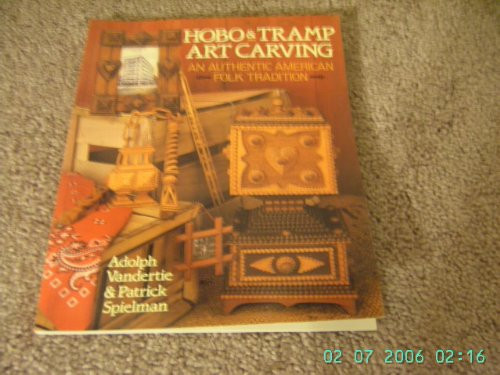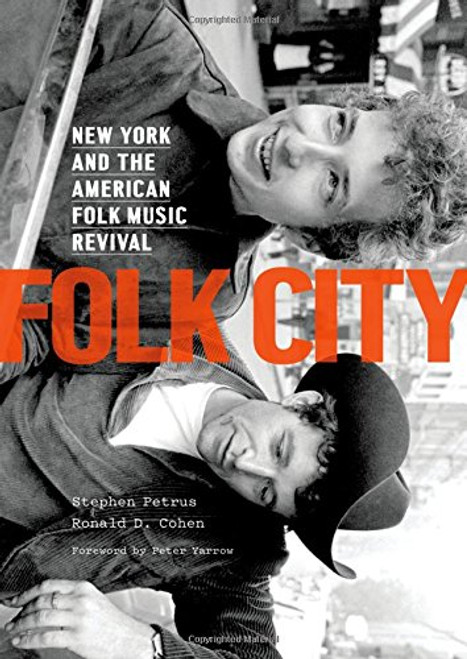Product Overview
This book explores the world of American folk art collectorspeople who saw the beauty and value of the folk-art portraits, weathervanes, and carvings that mainstream America had hitherto relegated to attics, barns, and dust bins. Although pioneer collectors sought out and preserved objects that are today regarded as icons, little has been known of their motivations, aesthetics, or display techniques.
Unlike the mainly white, professional, male collectors of furniture, silver, and other traditional decorative arts who were the subject of Elizabeth Stillinger's classic study The Antiquers, the earliest folk art collectors were a bohemian crowd made up of women, artists, immigrants, oddballs, and outsiders. They were drawn to folk art not by its prestige value but by its artistic, instructive, and ethnological significance.
A Kind of Archeology begins by examining the evolution of the concept of folk art, relating it to nineteenth- and early twentieth-century movements such as romanticism, nationalism, arts and crafts, and colonial revivalism. Four sections follow, each presenting a category of collectorantiquarian and ethnologist, modernist, decorator and aesthete, and patriot and nationalistand offering portraits of individual collectors and dealers.
The book closes with the exhibition The Flowering of American Folk Art, 17761876, which opened in 1974. The show was so successful that prices shot skyward, and folk objects, after a century of being disregarded, misunderstood, then championed by a few enthusiasts and gradually accepted in a small segment of the art world, finally entered the realm of highly desirable and collectible art.






